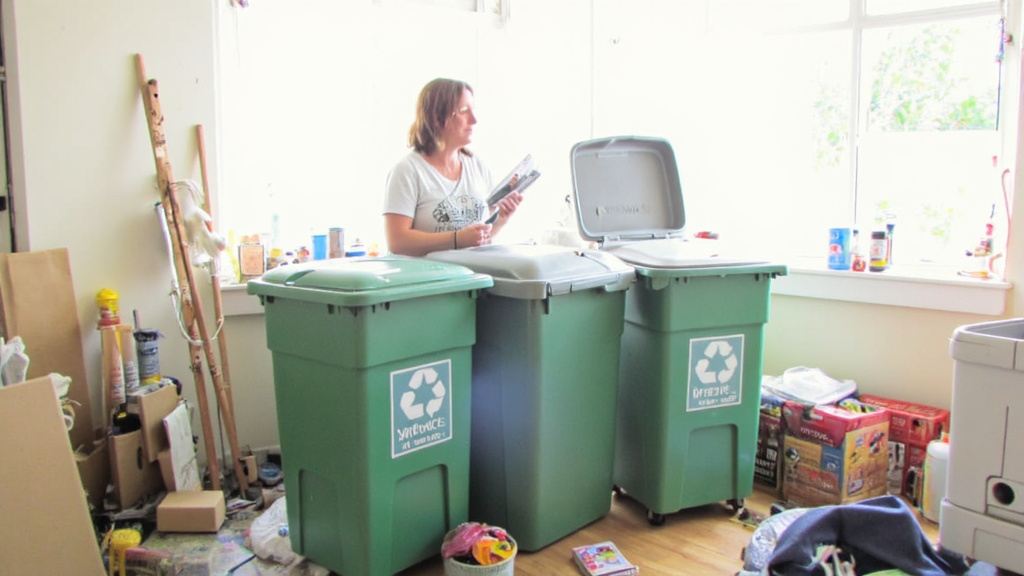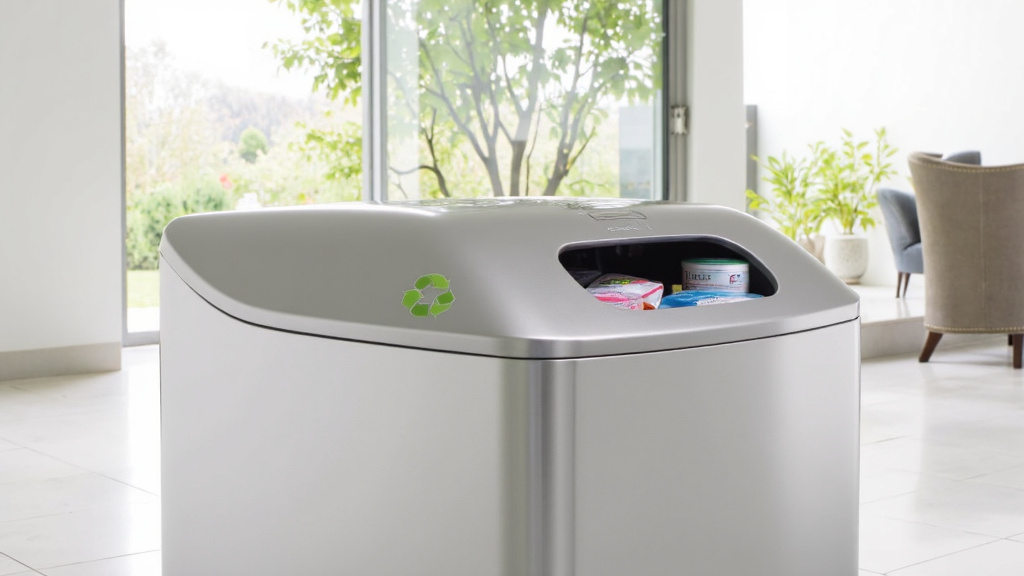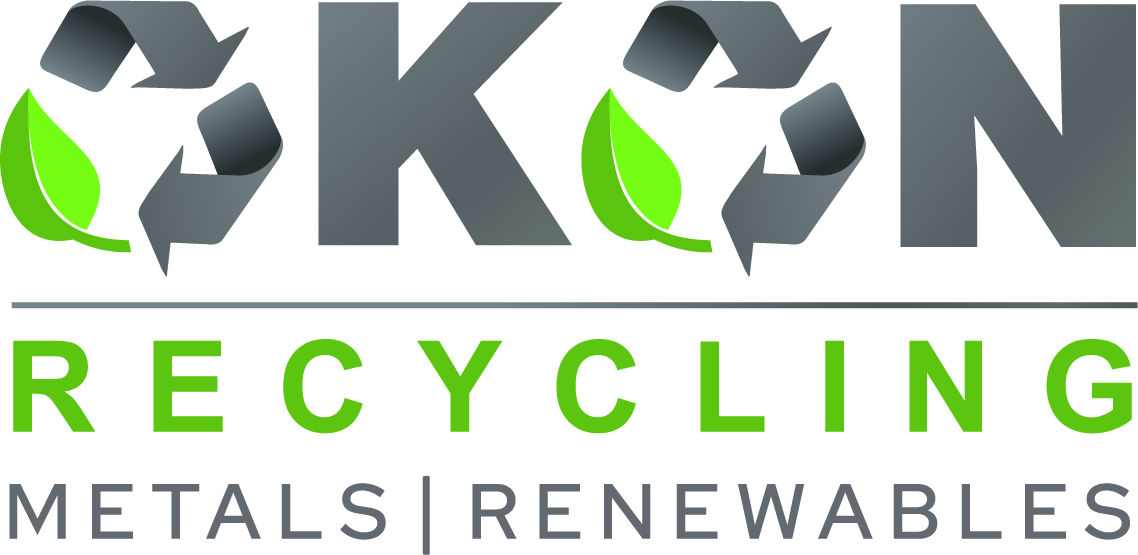5901 Botham Jean Blvd, Dallas, TX 75215
How Does Scrap Recycling Benefit Communities Economically?
April 25, 2025The scrap recycling industry generates over $105 billion in economic activity annually in the United States. It’s not just an environmental initiative—it’s a significant economic force. The industry creates more than 500,000 jobs nationwide, including roles for collection specialists, truck drivers, processing facility workers, and administrative staff.
These are not ordinary jobs. Recycling positions typically offer competitive wages and benefits, providing stable employment opportunities in communities of all sizes. The industry requires a diverse workforce with varying skill levels, making it accessible to a wide range of workers.
Beyond direct employment, scrap recycling stimulates local economies through various channels. Recycling facilities purchase materials from local businesses and residents, keeping money circulating within communities. They also contribute more than $4.4 billion in state and local taxes annually, funding essential public services like schools, roads, and emergency response systems.
What Are the Environmental Benefits of Scrap Recycling for Communities?

A person contemplating recycling options in a bright, clean setting.
Scrap recycling significantly reduces the environmental impact of metal production. It conserves natural resources by decreasing the need for mining, which helps prevent deforestation, soil erosion, and water pollution in local communities. Extracting virgin materials involves intensive processes that disrupt ecosystems and contaminate water sources. Recycling metal scraps minimizes these harmful effects.
Energy conservation is a major benefit of scrap metal recycling. The process uses considerably less energy compared to producing new metal from raw ore. Aluminum recycling saves up to 95% of the energy required for raw material production. Similarly, recycling steel conserves 74% of the energy needed to make new steel from virgin materials. These energy savings translate directly to reduced fossil fuel consumption.
The reduction in greenhouse gas emissions is another critical advantage. According to the US Environmental Protection Agency, recycling one ton of steel reduces greenhouse gas emissions by 2.1 metric tons of carbon dioxide equivalent. This substantial decrease helps communities combat climate change and improve local air quality. Less energy consumption means fewer emissions from power plants supplying energy to manufacturing facilities.
Waste reduction is another environmental benefit of scrap recycling. Materials that would otherwise occupy landfill space find new purpose through recycling. The Steel Recycling Institute reports that recycling one ton of steel conserves 2,500 pounds of iron ore, 1,400 pounds of coal, and 120 pounds of limestone. This conservation of resources helps communities maintain cleaner, more sustainable environments.
Water quality improvement occurs as a direct result of decreased mining activity. Mining operations often release harmful substances into water systems, affecting wildlife and potentially contaminating drinking water sources. By reducing the demand for new metal extraction, communities can better protect their water resources and aquatic ecosystems.
Communities that embrace scrap recycling contribute to a more sustainable future while enjoying immediate environmental benefits. The decrease in air pollutants leads to better respiratory health for residents. Reduced landfill usage preserves land for more productive community purposes. The combined effect of these benefits creates healthier, more resilient local environments for current and future generations.
How Does Scrap Recycling Contribute to Sustainable Manufacturing?
Scrap recycling is a vital part of the manufacturing supply chain, providing valuable, eco-friendly raw materials that enhance the competitiveness of American manufacturers on a global scale. This relationship creates a symbiotic cycle that strengthens the national economy.
Domestic consumption is crucial for the recycling industry’s success. Approximately 70% of recyclables processed in the U.S. are used by domestic manufacturers, supplying steel mills, paper mills, aluminum smelters, copper and brass mills, foundries, and ingot makers nationwide.
This consumption supports a robust circular economy. As manufacturing output increases, so does the supply and demand for scrap materials. Thus, the health of U.S. scrap and manufacturing industries are closely linked.
Cost Reduction Benefits for Manufacturers
Manufacturers benefit significantly from using recycled materials in production. Recycled metals reduce the need for extracting virgin materials, which requires more energy and resources. These savings allow manufacturers to offer more competitive pricing both domestically and internationally.
The economic advantages extend beyond material costs. Manufacturing with recycled materials often requires less energy than using virgin resources, leading to operational savings that enhance a company’s profitability while reducing its carbon footprint.
For example, producing aluminum from recycled materials uses 95% less energy than from bauxite ore. Similarly, recycled steel production uses about 75% less energy than from iron ore. These energy savings significantly reduce costs, making sustainable manufacturing financially appealing.
Equipment and Technology Support
The recycling industry’s impact on manufacturing goes beyond raw materials. Scrap recyclers support equipment manufacturers through purchases of specialized machinery needed for processing and transporting materials nationwide.
This equipment includes shredders, balers, sorting machines, material handlers, trucks, and railcars. The ongoing demand for such equipment creates additional manufacturing opportunities and jobs within the industrial equipment sector.
Advanced sorting technologies have enhanced the recycling industry’s ability to provide high-quality materials to manufacturers. These innovations allow for precise separation of materials, resulting in purer commodity streams that better meet manufacturing specifications.
Environmental and Economic Sustainability
The relationship between scrap recycling and manufacturing offers both environmental and economic benefits. Using recycled materials significantly reduces greenhouse gas emissions compared to processing virgin materials.
This environmental benefit grows as manufacturers adopt sustainable practices. Many companies actively seek recycled materials to meet environmental goals and sustainability commitments.
The economic impact is substantial. Industry research shows the U.S. scrap recycling industry generates nearly $109.78 billion annually in economic benefits, comparable to the warehousing and storage industry, representing about 0.54% of the nation’s total economic activity.
These benefits are widespread, with scrap facilities in every state, both urban and rural. Suppliers of materials, goods, and services to processors and brokers are also distributed nationwide.
| Economic Impact | Amount |
|---|---|
| Total Economic Activity | $105 billion annually |
| Jobs Supported | 500,000 jobs |
| State and Local Tax Revenue | $4.4 billion annually |
| Federal Tax Revenue | $6.8 billion annually |
| Export Contribution | 26.8% of industry activity |
| Energy Savings (Aluminum) | 95% less energy |
| Energy Savings (Steel) | 74% less energy |
Building Resilient Supply Chains
The COVID-19 pandemic highlighted global supply chain vulnerabilities. Domestic recycling provides manufacturers with reliable raw materials, reducing reliance on international sources that may face disruptions.
This domestic sourcing builds resilience against global supply chain issues. When international shipping faces delays or cost increases, manufacturers with access to local recycled materials gain a competitive edge.
The result is a more stable manufacturing environment that can withstand global disruptions while maintaining production capacity and efficiency. This stability benefits the broader economy by protecting manufacturing jobs and ensuring continued production of essential goods.
What Economic Incentives Do Scrap Recycling Offer Individuals and Businesses?

Scrap recycling provides substantial economic value for participants. For individuals, selling scrap metal offers a reliable source of supplemental income. Items commonly found at home, such as old appliances, car parts, and aluminum cans, can be collected and sold to recycling facilities for immediate cash.
The financial incentives are particularly appealing during tough economic times. A resourceful person can earn several hundred dollars monthly by systematically collecting and selling metal items that would otherwise end up in landfills, creating an accessible economic opportunity with minimal startup investment.
Benefits for Individuals
The extra income from scrap recycling can be significant when approached systematically. Many people have found success with these practical strategies:
- Collecting aluminum cans from neighborhood events or community spaces
- Salvaging copper wiring from renovation projects
- Recycling old equipment from garage cleanouts
- Repurposing discarded appliances from curb pickups
The Institute of Scrap Recycling Industries reports that recycling generates more than $105 billion in economic activity annually across the United States. This economic engine touches communities large and small, creating opportunities for entrepreneurial individuals.
Business Advantages
For businesses, especially in construction, manufacturing, and automotive sectors, scrap recycling offers multiple financial advantages. Companies can offset operational costs by selling unused or waste metal materials rather than paying disposal fees.
Manufacturing companies find particular value in recycling their metal byproducts. The financial returns can significantly impact a company’s bottom line. Construction firms that systematically collect and recycle metal from job sites report noticeable improvements in operational efficiency and profitability.
Beyond direct revenue, businesses implementing robust recycling programs experience:
- Reduced waste management costs
- Lower disposal fees
- Potential tax incentives for sustainable practices
- Improved space utilization in facilities
Companies that adopt recycling practices also enhance their corporate image, attracting environmentally conscious customers and partners who prioritize sustainability. Studies show that companies demonstrating environmental responsibility gain competitive advantages.
The economic benefits extend throughout the supply chain. Recycling creates jobs in collection, processing, and manufacturing sectors. Industry research indicates the recycling industry supports over 500,000 jobs in the United States, significantly contributing to local economies.
Businesses can also realize indirect economic benefits through lower manufacturing costs. Recycled metals are typically less expensive than virgin materials, allowing manufacturers to reduce production expenses while maintaining product quality.
| Aspect | Virgin Metals | Recycled Metals |
|---|---|---|
| Energy Use | High | 95% less energy for aluminum, 74% less for steel |
| Cost | Higher production costs due to mining and refining | Reduces production costs, $800 savings per ton |
| Environmental Impact | Generates more mining waste, higher greenhouse gas emissions | 97% less mining waste, reduces greenhouse gas emissions by 2.1 metric tons per ton of steel |
| Water Use | Higher water usage | 40% less water usage |
| Raw Material Conservation | Consumes more virgin materials | Conserves 1.1 tons of iron ore per ton of steel |
The circular economic model created by scrap recycling benefits all participants. Individuals gain supplemental income, businesses reduce costs while enhancing their reputation, and communities benefit from increased employment and reduced landfill usage. This creates a sustainable economic cycle that grows as recycling technology and processes improve.
Conclusion: The multifaceted benefits of scrap recycling for communities
Scrap recycling isn’t just good for the planet—it fuels local economies, powers sustainable manufacturing, and puts real money back into the hands of individuals and businesses. But the cycle only works when scrap metal is processed responsibly and reintegrated into productive use.
That’s where Okon Recycling comes in.
Whether you’re an individual looking to turn old appliances into cash, a business offloading industrial scrap, or a community leader driving environmental impact—Okon Recycling ensures your metal waste becomes part of a sustainable, circular economy. We help transform yesterday’s scrap into tomorrow’s materials.
Got scrap? Make it count. contact Okon Recycling at 214-717-4083 to turn metal waste into economic and environmental opportunity.
